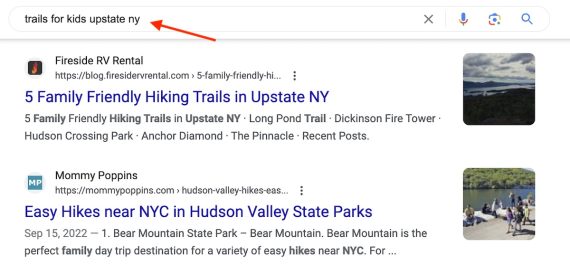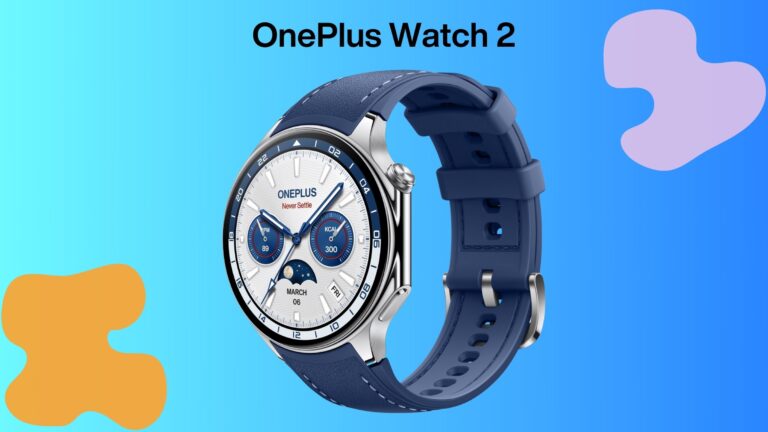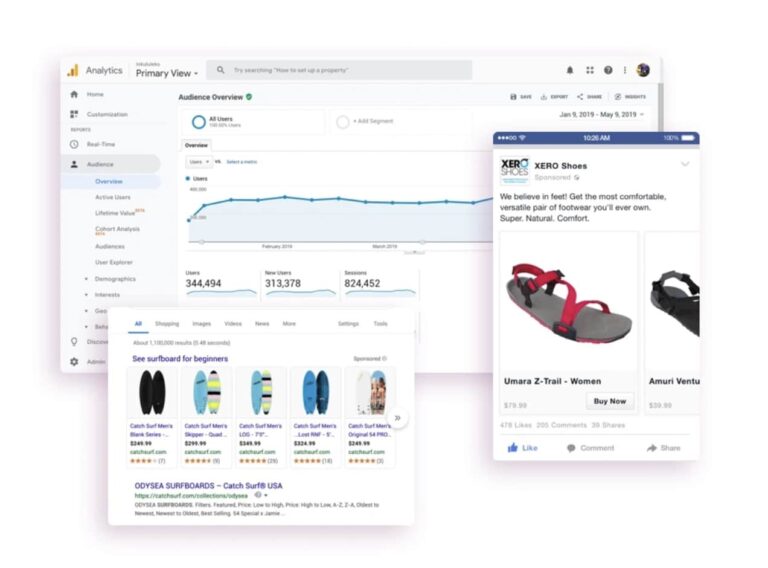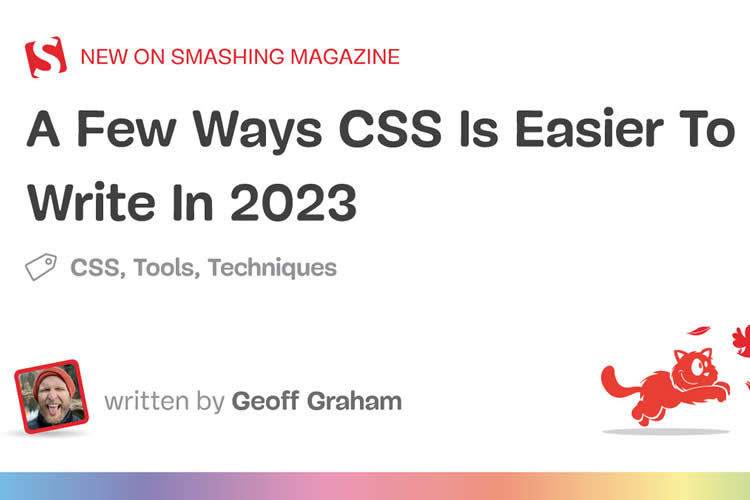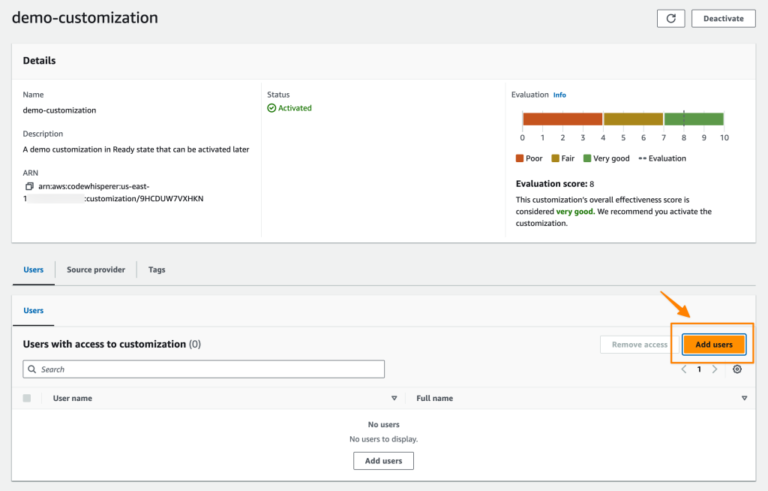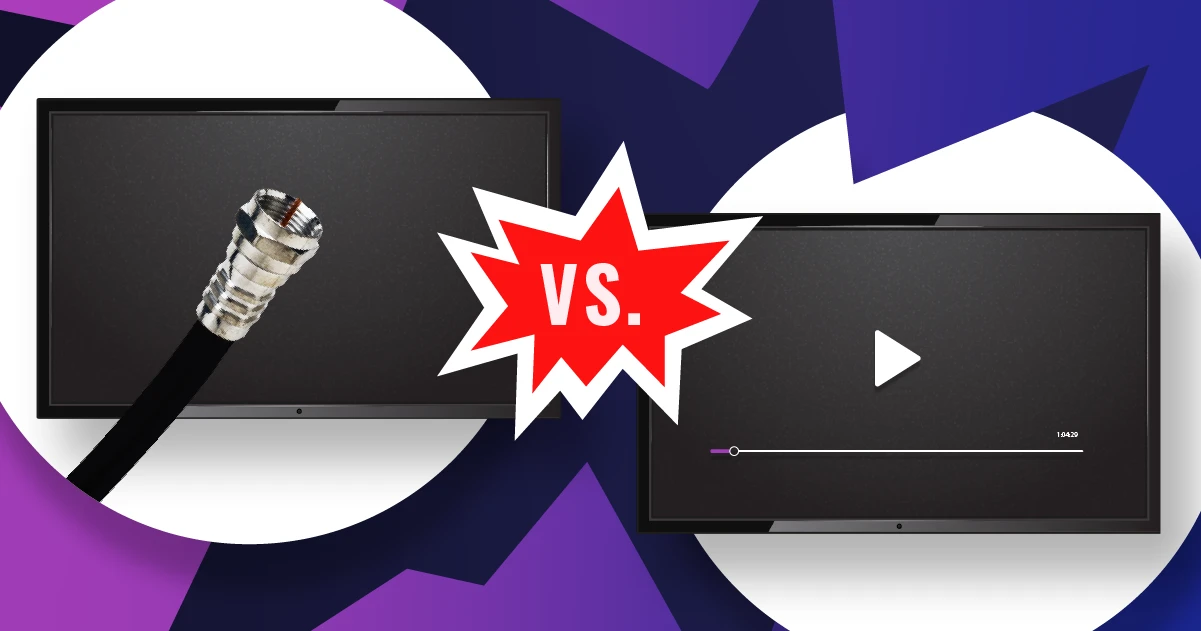
Streaming video has become a staple in many households, providing a convenient way to access a plethora of content. However, the landscape is changing, and the cost of streaming services is on the rise. In this article, we’ll explore the evolution of streaming costs, the impact of exclusivity, and the surprising similarities between streaming and the traditional cable model.
The Rising Costs of Streaming
The days of affordable streaming seem to be dwindling as major platforms set their prices. Paramount Plus, Peacock, and Prime Video are all priced at $12, with Disney Plus trailing slightly at $14. Netflix is now at $15.50, and Hulu tops the list at $18 per month. While these costs might not seem exorbitant individually, the majority of users subscribe to around three streaming services, totaling an average monthly bill of $42.
The Bundling Solution
As streaming costs soar, services are turning to bundling as a solution. Amazon bundles Prime Video with its Amazon Prime membership, offering users additional perks such as free expedited shipping. HBO Max has integrated with YouTube as one of its premium channels, and in Canada, Telus provides a phone plan inclusive of Netflix, Disney Plus, and Prime Video. However, some skeptics argue that these bundles are reminiscent of the cable packages of old.
Déjà Vu: Streaming vs. Cable
The parallels between the current state of streaming and the history of cable television are striking. When Netflix emerged as the pioneer of paid on-demand streaming in 2007, the cable market was vastly different. Cable subscribers were paying substantial amounts for a multitude of channels, many of which went unwatched. Cable prices soared, driven by infrastructure maintenance, a lack of competition, and upstream consolidation.
The Cable Model and Upstream Consolidation
Upstream consolidation in the 1990s saw major content providers like Disney, NBC, and Viacom acquiring and merging with competitors. Cable bundles emerged as a way to simplify the sale and distribution of numerous channels, with individual channel sales deemed prohibitively expensive. The bundled approach not only eased logistics but also increased the perceived value for customers.
The Downfall of Cable
Cable’s downfall was propelled by factors such as technological limitations and a lack of consumer choice due to consolidation. Netflix disrupted the market by offering a vast library of on-demand titles at an affordable monthly subscription cost, providing an alternative to cable.
The Streaming Challenge
Netflix’s initial success was due to its technological advantage and reasonable pricing. However, as more streaming services entered the market, they engaged in fierce competition for popular content, driving up licensing costs. Major content providers, now streaming competitors themselves, launched their platforms, resulting in fragmentation and exclusivity.
Original Content and the High Stakes
To differentiate themselves, streaming services ventured into original content production. While licensing existing shows is cost-effective, creating original content introduces higher overheads and risks. Netflix’s business model led to the cancellation of promising shows after a single season, reflecting the industry’s challenges.
The Price Hike Paradox
While inflation accounts for part of the price increase in streaming services, the escalating licensing costs and overheads play a more significant role. As streaming libraries fragment and audience attention divides, the cost per subscriber to maintain exclusive content rises, prompting the need for bundled solutions.
The Return to Bundling
Facing increasing costs and limited potential customers, streaming services are turning back to bundling as a strategy. Whether bundling with their parent company’s products, other streaming services, or even cable, the goal is to increase the perceived value for customers. This bundling approach, ironically, mirrors the cable model that streaming sought to replace.
Cord Cutting vs. Cable
Cord cutting, once seen as a cost-effective alternative to cable, is now challenged by similar issues. Time-sensitive content, especially live events like sports, is becoming a battleground between streaming services and cable. Exclusive rights and fragmented broadcasting lead to a situation where passionate sports fans may require both cable and multiple streaming subscriptions to access all their desired content.
The Verdict
As streaming services grapple with rising costs, exclusivity, and the need to stand out in a crowded market, the landscape is evolving. The return to bundling raises questions about the sustainability of the streaming model and whether it is veering dangerously close to the cable paradigm it aimed to disrupt.
In case you have found a mistake in the text, please send a message to the author by selecting the mistake and pressing Ctrl-Enter.


